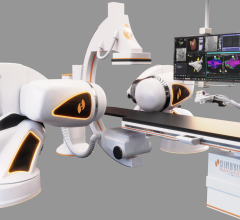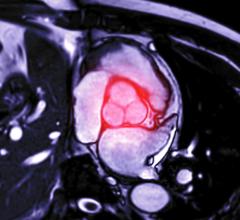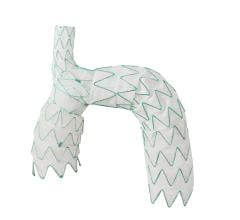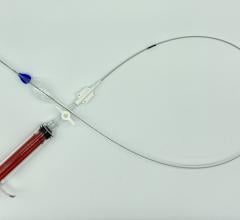
October 3, 2014 — W. L. Gore & Associates Inc. announced that the U.S. Food and Drug Administration (FDA) has approved the Gore Viabahn Endoprosthesis for interventional treatment of in-stent restenosis in the superficial femoral artery (SFA). Now indicated for the treatment of failed bare metal stents (BMS) in the SFA, the Gore Viabahn device has more vascular indications supported by more level 1 clinical trials than any other self-expanding peripheral stent or stent-graft.
In-stent restenosis or reocclusion occurs in a significant number of patients over the course of one year after bare metal stenting, and these rates are highly dependent on the severity of disease. Treatment options for in-stent restenosis include angioplasty, repeat stenting with another BMS, and surgical bypass. The Gore Viabahn device changes the current treatment paradigm for in-stent restenosis by re-lining the failed BMS and adjacent diseased vessel, providing a long-term physical barrier that extends the life of the intervention.
The safety and efficacy of the Gore Viabahn device in this indication was supported by the randomized RELINE Clinical Study, in which the lesions in both arms of the study averaged more than 17 cm in length. The study found that the device is statistically superior in target lesion primary patency than percutaneous transluminal angioplasty, or PTA, which is the most common frontline interventional treatment of in-stent restenosis.
The RELINE Clinical Study found that:
- Subjects in the Gore Viabahn device arm of the RELINE trial were approximately three times less likely than those in the PTA arm to require a target lesion revascularization (TLR) after one year.
- After 12 months, the Gore Viabahn Endoprosthesis showed a primary patency of 74.8 percent, more than 45 percent higher than PTA.
- With the longest available 25 cm stent-graft, heparin surface, and ePTFE liner, the Gore Viabahn Device is a long-lasting solution for treatment of failed bare stents.
“The treatment of failed bare metal stents has long been a perplexing problem for vascular specialists, in which only a few treatments are FDA-approved and limited compelling clinical data exist. This new indication for the Gore device and the accompanying data from the RELINE trial provide physicians with the means to intervene confidently on a failed bare metal stent, extending the life of the intervention and improving patient outcomes,” said Peter A. Soukas, M.D., assistant professor of medicine, Brown Medical School.
The Gore Viabahn Endoprosthesis is the lowest profile, most flexible, self-expanding stent-graft available. It is the only stent-graft to receive approval for the SFA (de novo, restenotic, and in-stent restenotic disease), iliac artery, and arteriovenous access revision. The device is constructed with a durable, reinforced, biocompatible, expanded ePTFE liner and attached to an external nitinol stent structure. The ePTFE luminal surface of the Gore Viabahn device features the CBAS Heparin Surface intended to provide sustained thromboresistance.
For more information: www.goremedical.com


 June 19, 2024
June 19, 2024 








